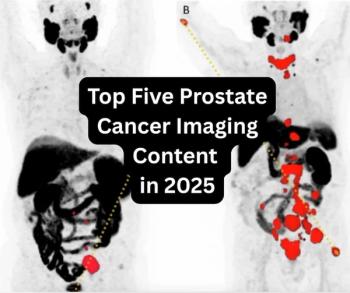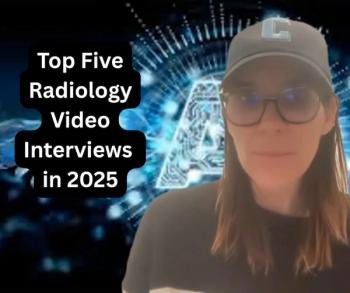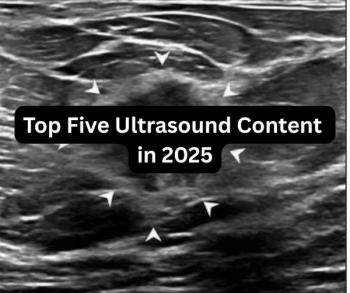
Vendors face growing pressure on R&D costs
Medical imaging manufacturers face an R&D dilemma. Health-careproviders in the U.S. will likely remain focused on trimming costsand improving productivity over the next three to five years,according to veteran imaging industry executive and
Medical imaging manufacturers face an R&D dilemma. Health-careproviders in the U.S. will likely remain focused on trimming costsand improving productivity over the next three to five years,according to veteran imaging industry executive and consultantRonald B. Schilling. Equipment suppliers must respond to thiscost-cutting imperative while they try to keep their R&D programsat a state-of-the-art level into the 21st century.
"We will have this period when the marketplace is verytight but manufacturers must continue to investigate new technologyand (imaging) applications," Schilling told SCAN. "Ifthe manufacturers have to cut back on their own development, theymust look somewhere else for technology."
Imaging vendors have already reacted to sagging scanner pricesby trimming staff and restructuring operations to increase efficiency.Cutbacks have reached into engineering--something unheard of duringthe era of rapid technological innovation from 1975 to 1990, hesaid.
"During that period, we were on the path of bringing newtechnology to market, including CT, real-time ultrasound and MRI,"Schilling told SCAN. "People are now more critical in decidingwhether to put money into (technical) developments."
Schilling served over the last 25 years in senior-level positionsat GE Medical Systems, Diasonics and Toshiba America Medical Systems.He will be a featured speaker at the April Diagnostic Imagingconference in San Francisco, Opportunities for the Imaging Industry:Prospects and Challenges in the 90s. For information on this conference,contact Sharon Cauchi, 415/905-2550.
ONE RESULT OF THIS medical resource squeeze may be an increasein R&D partnerships between large imaging OEMs and independentresearch efforts. Two socioeconomic trends in the U.S.--health-carereform and defense conversion--are merging to facilitate thistrend. Specifically, there are a number of defense-related R&Dgroups, often incubated in a university setting, eager to converttheir technology to civilian applications, Schilling said.
Defense technology with potential medical applications--night-visiondetection, for example--is available from both small, start-upR&D firms and large contractors, he said.
Conversion of military imaging to medical use is not a newconcept. Much existing imaging industry technology, such as inultrasound and nuclear medicine, can be traced to roots in defenseapplications.
Neither is outsourcing of technology development new, Schillingnoted. For instance, Analogic provided the critical digital acquisitionsystem for almost every CT manufacturer beginning in the mid 1970s(see article, page one).
"They (Analogic) focused so much on that DAS that themanufacturers couldn't compete with them," Schilling said.
What is relatively new, though, is the recognition by majormedical manufacturers that they must limit and focus their ownR&D efforts. Sprinkling investments into a select group ofsmaller R&D firms can help the OEMs focus on core technologyprograms as well as systems integration and marketing, Schillingsaid.
Contracting out development responsibility is not the onlyanswer to the R&D dilemma, however, he said. When vendorsrestructure to reduce their costs, they would do well to focusalso on how their product planning and development efforts arestructured.
As more external R&D partnerships are formed, it wouldbe advantageous for major vendors to create unified systems engineeringgroups, Schilling said. Separating out and unifying the engineeringfunction can help ensure that outsourcing and other product decisionsare not skewed by modality and business unit loyalties. A systemsengineering group would also provide a coherent structure forinterfacing with technical partners.
"What is needed is an inside group with an open mind thatis chartered to bring in technology and fit it in the right places,rather than trying to do everything in-house and grow the organization."
Newsletter
Stay at the forefront of radiology with the Diagnostic Imaging newsletter, delivering the latest news, clinical insights, and imaging advancements for today’s radiologists.




























